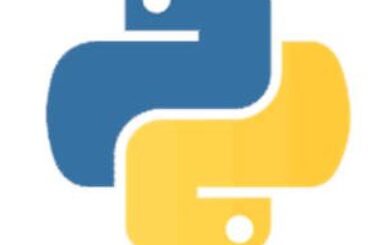Artificial Intelligence and Data Science
Artificial Intelligence and Data Science, In the past decade, artificial intelligence (AI) has been one of the most trending technologies in the world.
However, this technology might not be that easy to understand and create, especially if you are unfamiliar with how it works and how it will benefit your life or business.
To help you learn more about AI and data science, here are some of the basics you need to know about these topics so you can appreciate the technology’s potential applications and understand what AI can do to improve your life in many ways.
Overview of Artificial Intelligence and Data Science
Artificial intelligence, sometimes referred to as machine learning, is becoming a mainstay in many facets of our lives.
AI has come to be used in applications such as web search engines (like Google’s powerful algorithms), personal assistants like Siri, image recognition on social media platforms, self-driving cars, and even healthcare.
It’s impossible to overstate AI’s potential; it will redefine every sector and how we live our daily lives.
What Is AI?
Artificial intelligence is commonly defined as the science and engineering of making intelligent machines, though many would argue that AI encompasses more than just machines.
There are a few definitions floating around, but one widely accepted variant states that AI is the theory and development of computer systems able to perform tasks normally requiring human intelligence.
On an even broader level, you can define it as any action or task performed by a machine that was previously only capable by humans.
Machine Learning
An algorithm that allows a computer to learn without being explicitly programmed. There are many different types of machine learning (e.g., supervised, unsupervised, reinforcement).
For example, when you search for a product on Amazon, they use clustering to show you similar products—not because an engineer told it to do so, but because it figured out for itself that there are categories of products that share similar features.
That’s also called unsupervised learning.
Deep Learning
AI learning through trial-and-error, deep learning is one of several machine learning techniques.
AI systems can teach themselves to identify images, answer questions, recognize speech, translate languages, and more—they’re even learning how to play games.
There are many different types of deep learning programs: convolutional networks, recurrent networks (RNNs), long short-term memory networks (LSTMs), generative adversarial networks (GANs), and more.
These different types have various applications in image recognition, natural language processing, behavioral profiling, and countless other sectors.
Natural Language Processing
In some contexts, natural language processing (NLP) is defined as an approach to computational linguistics that studies how computers can automatically process language data.
In narrow artificial intelligence (AI), NLP is also known as strong AI, whereas in broad AI it is also known as weak AI.
The term natural language processing was coined in 1955 by Arthur Samuel to mean the ability to process human language data by computer.
Since then, it has been an evolving area of research with contributions from fields such as statistics, syntax and parsing, computational semantics, machine learning, information retrieval, and knowledge representation.
Computer Vision
This is a subfield of computer science dedicated to understanding what an image actually shows, often by analyzing its contents as points, lines, areas, or shapes.
It’s a little like telling your computer to look at a picture and tell you what it sees.
The technology is used for object recognition in security cameras (to make sure someone isn’t stealing your stuff), as well as self-driving cars (so they can see other vehicles on the road).
It can also be used to tag people in photos—the first step toward facial recognition software.
Challenges of AI
The challenges associated with artificial intelligence, or AI, have been a source of discussion for decades. Some people believe that AI could be used to make better decisions than human beings.
Others think that it will create issues we can’t even foresee now. Many professionals working in government and private sector jobs rely on data science to help develop policies and practices regarding how humans interact with computers.
The two fields are closely linked; a good foundation in both is important if you want to build a career in either one.
Look at some job postings where data science plays an important role.
Ethics in AI Development
Artificial intelligence (AI) is no longer a futuristic concept but rather a real thing that is changing our lives.
From predicting how diseases progress to improving response times in self-driving cars, AI has made its way into numerous fields, including healthcare.
However, with any new technology comes ethical questions, especially when it comes to people’s privacy and safety.
We take a look at what it means for AI researchers to consider ethics as they create innovative applications.
How to perform Rolling Correlation in R » finnstats





